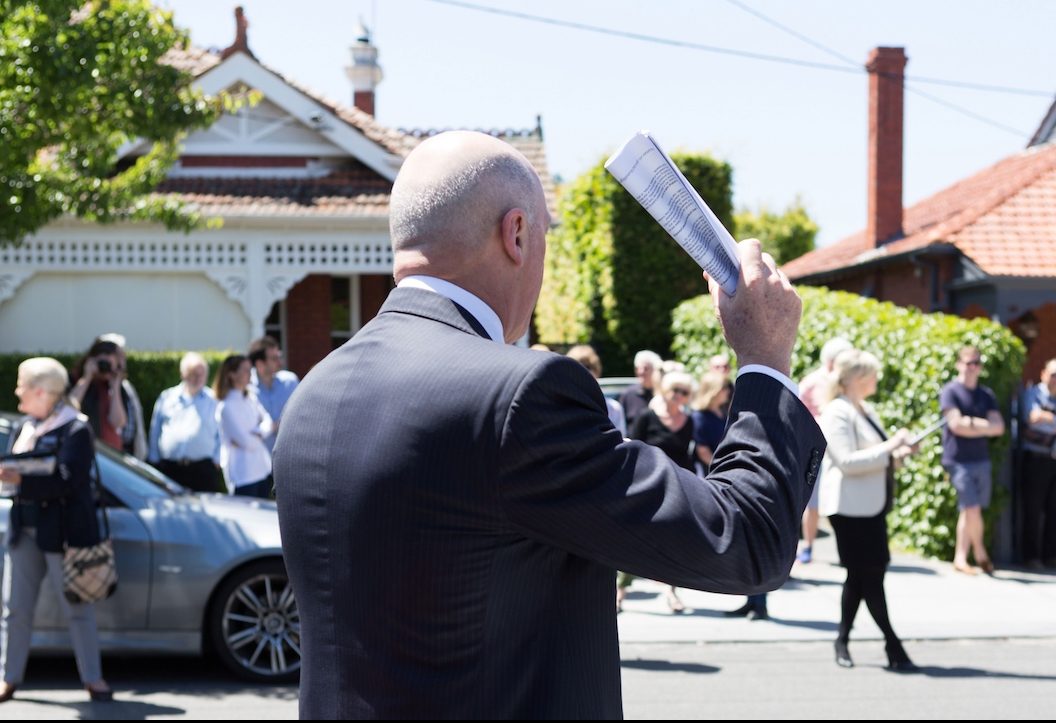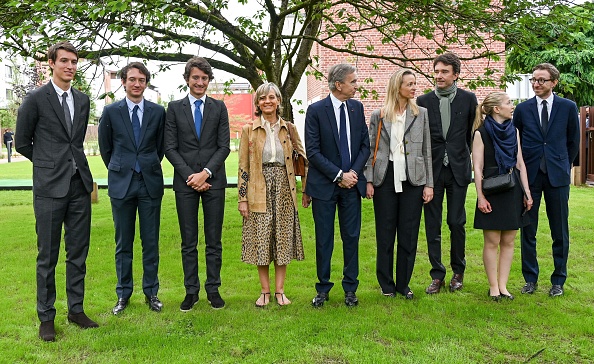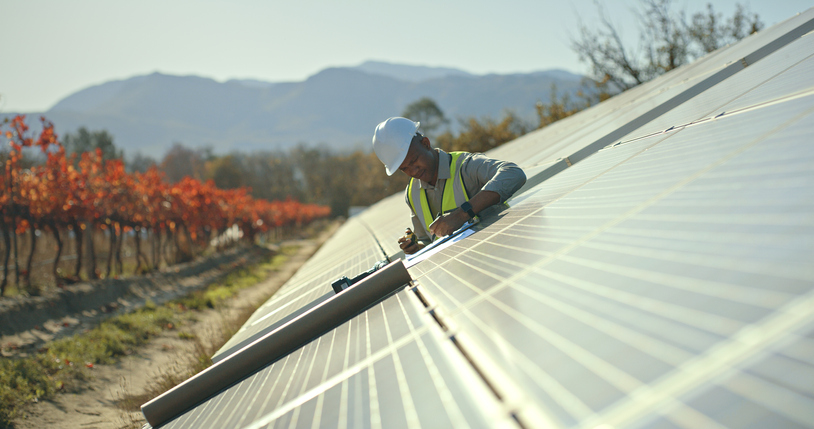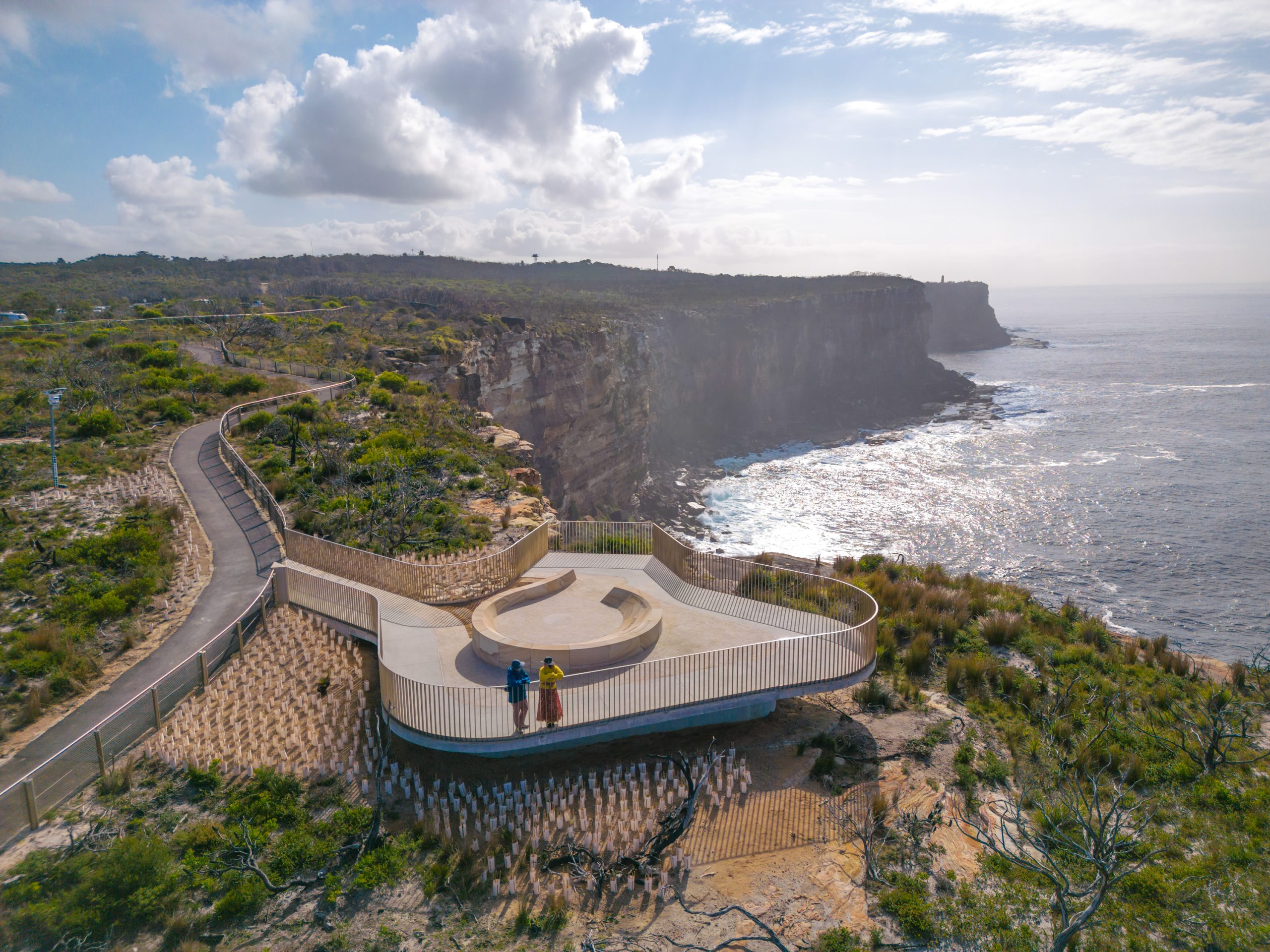Home Auction Markets Re-Focus
The auction markets remain clearly in favour of sellers.
The weekend produced strong home auction results for sellers across the country with all capitals recording auction clearance rates well above 80% on Saturday, April 17, with the exception of Melbourne at 79.7%.
The number of listings nationally followed on from last week’s strong outing and was well ahead of last year’s auctions over the same Saturday.
The Sydney market rebounded reporting a rate of 86.2%, well above the 82.4% recorded the previous weekend and significantly higher than the COVID impacted 35.2% recorded over the same weekend last year. Despite the results, the weekend’s figure was lower than the 90.1% monthly average.
Saturday auction numbers in Sydney were strong with 785 homes listed for sale, above the 692 listed over the same Saturday last year.
Sydney recorded a median price for houses sold at auction on the weekend of $1,560,000 which was 1.0% higher than the $1,550,000 reported over the previous Saturday.
Melbourne reported a weekend clearance rate of 79.7%, which was just above the season-low of 79.1%, but well above the 28.7% COVID-related result of the same weekend last year.
1062 homes were reported listed for auction on Saturday which was well above the 905 auctioned over the previous weekend and higher than the 834 auctioned over the same Saturday last year.
Melbourne recorded a median price of $999,900 for houses sold at auction on the weekend which was 5.7% higher than the $945,750 recorded over the previous weekend.
Data powered by Dr Andrew Wilson of MyHousingMarket.com.au
This stylish family home combines a classic palette and finishes with a flexible floorplan
Just 55 minutes from Sydney, make this your creative getaway located in the majestic Hawkesbury region.
A Sydney site with a questionable past is reborn as a luxe residential environment ideal for indulging in dining out
Long-term Sydney residents always had handful of not-so-glamourous nicknames for the building on the corner of Cleveland and Baptist Streets straddling Redfern and Surry Hills, but after a modern rebirth that’s all changed.
Once known as “Murder Mall” or “Methadone Mall”, the 1960s-built Surry Hills Shopping Centre was a magnet for colourful characters and questionable behaviour. Today, however, a $500 million facelift of the site — alongside a slow and steady gentrification of the two neighbouring suburbs — the prime corner property has been transformed into a luxury apartment complex Surry Hills Village by developer Toga Group.
The crowning feature of the 122-apartment project is the three-bedroom penthouse, fully completed and just released to market with a $7.5 million price guide.
Measuring 211sqm of internal space, with a 136sqm terrace complete with landscaping, the penthouse is the brand new brainchild of Surry Hills local Adam Haddow, director of architecture at award-winning firm SJB.
Victoria Judge, senior associate and co-interior design lead at SJB says Surry Hills Village sets a new residential benchmark for the southern end of Surry Hills.
“The residential offering is well-appointed, confident, luxe and bohemian. Smart enough to know what makes good living, and cool enough to hold its own amongst design-centric Surry Hills.”
Allan Vidor, managing director of Toga Group, adds that the penthouse is the quintessential jewel in the crown of Surry Hills Village.
“Bringing together a distinct design that draws on the beauty and vibrancy of Sydney; grand spaces and the finest finishes across a significant footprint, located only a stone’s throw away from the exciting cultural hub of Crown St and Surry Hills.”
Created to maximise views of the city skyline and parkland, the top floor apartment has a practical layout including a wide private lobby leading to the main living room, a sleek kitchen featuring Pietra Verde marble and a concealed butler’s pantry Sub-Zero Wolf appliances, full-height Aspen elm joinery panels hiding storage throughout, flamed Saville stone flooring, a powder room, and two car spaces with a personal EV.
All three bedrooms have large wardrobes and ensuites with bathrooms fittings such as freestanding baths, artisan penny tiles, emerald marble surfaces and brushed-nickel accents.
Additional features of the entertainer’s home include leather-bound joinery doors opening to a full wet bar with Sub-Zero wine fridge and Sub-Zero Wolf barbecue.
The Surry Hills Village precinct will open in stages until autumn next year and once complete, Wunderlich Lane will be home to a collection of 25 restaurants and bars plus wellness and boutique retail. The EVE Hotel Sydney will open later in 2024, offering guests an immersive experience in the precinct’s art, culture, and culinary offerings.
The Surry Hills Village penthouse on Baptist is now finished and ready to move into with marketing through Toga Group and inquiries to 1800 554 556.
This stylish family home combines a classic palette and finishes with a flexible floorplan
Just 55 minutes from Sydney, make this your creative getaway located in the majestic Hawkesbury region.























